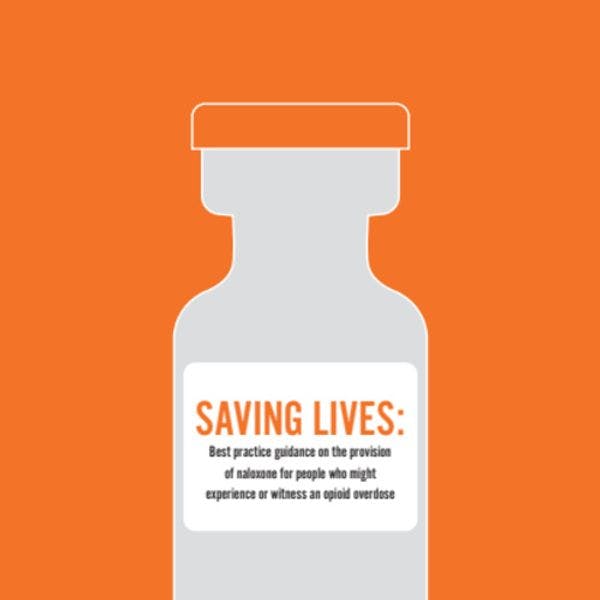Saving lives: Best practice guidance on the provision of Naloxone for people who might experience or witness an opioid overdose
Naloxone is used to treat respiratory depression caused by opioids. Opioids produce their effects by acting on opioid receptors in the brain and nervous system. Naloxone works by blocking these opioid receptors, thus stopping opioids from acting on them. This reverses the effects of the opioid primarily in their role as CNS depressants. It is a front-line response against overdose. Naloxone may be given by injection into a vein, muscle or under the skin, or via a drip into a vein (intravenous infusion).
This guidance offers best practice for the provision of naloxone for people who might experience or witness an opioid overdose.
Objectives
Building on the findings from Release’s research on naloxone in England, Release hosted the Naloxone Steering Group 2019 in April 2019, in partnership with the National Addiction Centre at King’s College London. The objective of the steering group was to get key stakeholders together for a day to discuss some of the main aspects of naloxone provision in the UK and to produce guidelines on the provision of naloxone for people who might experience or witness an opioid overdose.
Overarching principles
Drug-related deaths are on the rise in every devolved nation and “9 out of 10 overdose deaths (89 %) in the UK involved some form of opioid”1. Naloxone is a critical and life-saving intervention for those at risk of opioid drug poisoning. To mitigate the risk of fatal opioid overdose, we must foster an approach that is grounded in evidence and facilitates the enjoyment of human rights, with a goal of achieving the highest attainable standard of health for people who use drugs. To this end, the following overarching principles will need to be respected, if we are to achieve best practice in providing naloxone to those who might experience or witness an opioid overdose.
Presumption to provide - decisions should be guided by a presumption in favour of providing naloxone.
Duty to provide - naloxone should be part of the basic standard of care offered to people as part of harm reduction.
There are no real external barriers - any barriers that exist in supplying naloxone are internal and can be addressed.
Funding - there should be a clear and specific funding stream to protect funding and remove fragmentation in funding for naloxone.
Change the narrative - naloxone saves lives. Stigmatising, harmful and damaging messages surrounding naloxone and people who use (or have used) drugs are dangerous and pervasive. It is important the narrative is renewed to one that emphasises the importance of preserving life.
Naloxone is only part of the solution - naloxone should be part of a broader response to preventing drug-related deaths. The quality of drug treatment and harm reduction is also imperative to saving lives
